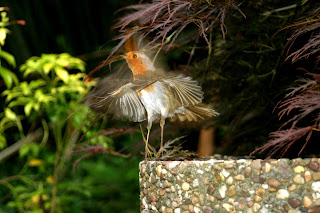The Covid-19 pandemic lockdown has substantially reduced the hum of noise from human activity and this appears to provided opportunities for many areas of science (https://www.theguardian.com/science/2020/jun/20/why-lockdown-silence-was-golden-for-science). It's not only that one can now hear nature, encapsulated in bird song. The lack of human noise has also provided opportunities for psychologists who want to measure the stress generated in our cities by the unrelenting hum (or even to understand why some people miss the sounds). Seismologists can also get a clear look at minor vibrations without their being masked by human activity. Hopefully, however, this will be a short-lasting opportunity.
This blog may help people explore some of the 'hidden' issues involved in certain media treatments of environmental and scientific issues. Using personal digital images, it's also intended to emphasise seasonal (and other) changes in natural history of the Swansea (South Wales) area. The material should help participants in field-based modules and people generally interested in the natural world. The views are wholly those of the author.
Monday, 22 June 2020
Subscribe to:
Post Comments (Atom)
-
I n the UK and US, a pparently popular and successful vegan/vegetarian restaurants are reportedly closing or adding meat to their menus ( ...
-
Early ripening fruit may seem convenient but some folk think it confirms environmental stress. There's also a possibility th...


%20mating%20NWCW.jpg)


No comments:
Post a Comment